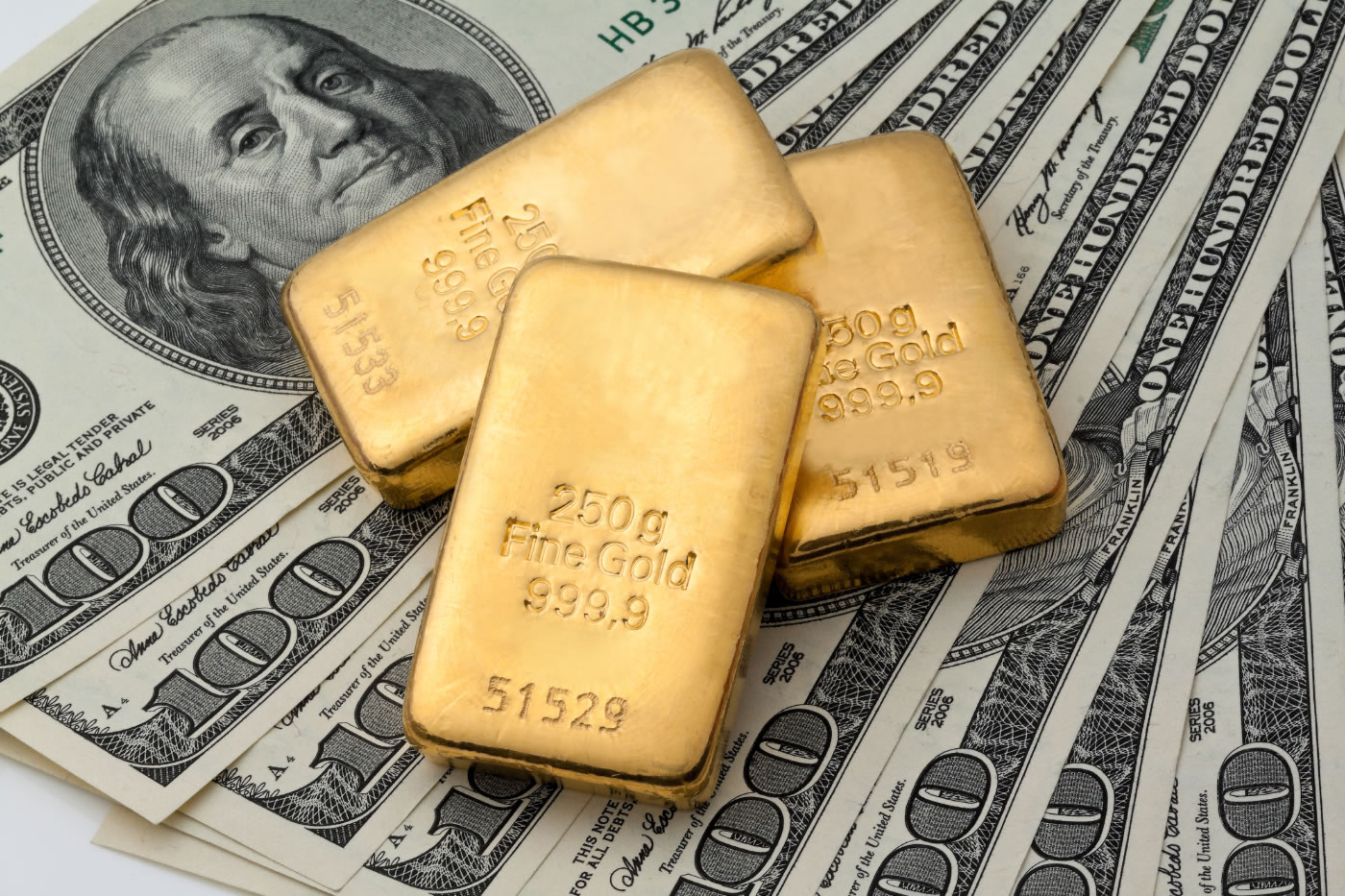
You may have often heard of the terms 10 karat (10k) or 24 karat (24k) Gold. The higher the karat, the purer the gold. 24 karat is considered pure gold or 99.9% pure. Pure gold, like pure silver is too soft to be used in making most jewelry, gold is often mixed with other metals to give the item strength. The karat value reflects the percent of gold in the the jewelry. 24K gold is considered pure, but 10K is ten parts gold and the rest is a mixture of other metals. Most fine jewelry uses 18K gold or higher.
Most yellow gold contains copper & silver.
Most white gold contains nickel, zinc and copper. Gold will never turn a finger or neck dark - it is the alloy mixed with the gold that does the turning. Sometimes it is only temporary due to the person's internal chemistry from a stressful situation, food or medicine that was recently ingested.
Most of the gold that is fabricated today goes into the manufacture of jewelry, but gold is also an essential industrial metal that performs critical functions in computers, communications equipment, spacecraft, jet aircraft engines, and a host of other products.
NOBLE METALS - Metals that resist oxidation or corrosion; Gold, Silver and Platinum.
GOLD FILLED OR GOLD OVERLAY - Made by joining a layer of gold to abasemetalalloy. In the U.S.,a layer of gold must equal at least 1/20 of the total weight of the metal in the piece.
ROLLED GOLD PLATE - The same as gold filled, but usually of lower quality. Gold can be as little as 1/30 or even 1/40 of the total weight.
GOLD ELECTROPLATE - A very thin coat of gold on a base metal.
GOLD LEAF, WASH OR FLASH - An extremely thin coating 1/200,000 to 1/250,000 of an inch.
VERMEIL - Gold electroplating or bonding over sterling silver with at least 1/20 millions of an inch of gold.
SOLID GOLD - Refers to construction (most likely not hollow).
PENNYWEIGHT - A pennyweight which is abbreviated "dwt" is 1/20 of a troy ounce. The name originally aplied to the weight of an Anglo- Norman penny.
TROY OUNCE: –10% heavier than the common avoirdupois ounce. There are 14.583 troy ounces in an aviordupors pound. The name is derived from Troyes. France where the measuring system originated.
GRAM - Equals .6430 dwt or .032151 Troy Oz.
EUROPEAN KARAT – is pure gold .999.
KARAT (DENTAL) – is 16 parts gold & 8 parts alloy.
We can create a wide range of colors by adjusting the non-gold content. Though the number of shades is virtually limitless, gold falls into four common colors (Yellow, Red, Green, and White) with several variations.
| Color of Gold | Alloy Composition |
| Yellow Gold (22K) | Gold 91.67% Silver 5% Copper 2% Zinc 1.33% |
| Red Gold (18K) | Gold 75% Copper 25% |
| Rose Gold (18K) | Gold 75% Copper 22.25% Silver 2.75% |
| Pink Gold (18K) | Gold 75% Copper 20% Silver 5% |
| White Gold (18K) | Gold 75% Platinum or Palladium 25% |
| Green Gold (18K) | Gold 75% Silver 20% Copper 5% |
| Blue Gold (18K) | Gold 75% Iron 25% |
| Purple Gold | Gold 80% Aluminum 20% |
Gold bars, like those at Fort Knox, are pure gold. Many people buy gold or gold and silver coins as a hedge against inflation or in case of a collapse of a currency. During the Great Depression, FDR made it illegal for individuals to own gold, punishable by a fine of $10,000 and/or up to 10 years in prison! By forcing everyone to turn in their gold, he was able then to devalue the dollar, almost doubling the price of gold in an instant. The reason he did this was the The Federal Reserve Act of 1913 required 40% gold backing of Federal Reserve Notes (all our paper currency is issued by the Federal Reserve). The government was not able to increase the money supply without more gold (i.e, they couldn't spend it on programs), so the common man's wealth was sacrificed on the altar of government expediency.
During the Nixon administration, the dollar's value was allowed to float against the price of gold. As we see today, the gold and silver's value fluctuates against the worth of the dollar. As inflation happens and the Federal Reserve increases the money supply by printing more notes, precious metals' value can skyrocket. It also makes it easier for Congress to spend money we don't have, threatening the stablility of the dollar. However, during times of high inflation, gold tends to moderate in price, or even decline, as people are able to earn more with their investments than they can by holding gold.